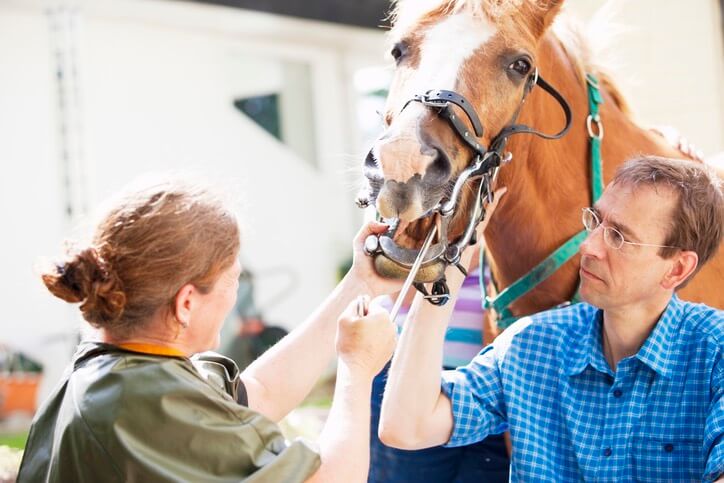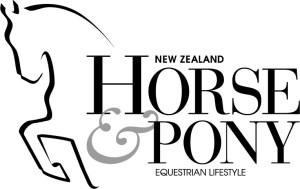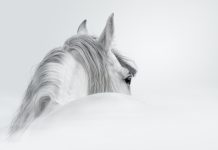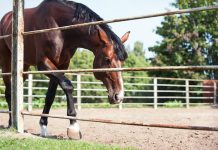
Taking good care of the dental health of our horses and ponies is very important: a horse with dental problems will often be in pain. As a result of this they might not be able to chew properly, so won’t be getting all the nutrition they can from the food they eat. This can lead to weight loss and expensive feed bills.
Before winter is a good time to get teeth checked and any problems treated, especially in older animals or those who struggle to keep weight on.
We have a great deal more knowledge about horse dentistry these days, and techniques are getting more and more advanced. But why do horses need dental check-ups, what problems can develop, and what can be done about them?
Horses teeth are very different from ours; their incisors and cheek teeth continue to erupt and grow throughout the horse’s life (these are called hypsodont teeth).
Chewing and grinding of feed wears down the teeth; ideally, their teeth are worn down at the same rate as they are growing, and so they remain the same size. To chew fibrous food effectively, the lower jaw moves both up-and-down and side-to-side, in a figure-of-eight motion.
When a horse is in its natural environment and eating lot of roughage, then it does a lot of chewing; however, with a less fibrous and more grain-based diet, there is decreased chewing, especially a reduction in the side-to-side movement. This can potentially lead to problems with the teeth not wearing down evenly, and quite commonly sharp points are found which haven’t been worn away. These sharp points are usually found on the cheek side of the upper cheek teeth and the tongue side of the lower cheek teeth. These will be discussed in more detail a bit later.
Wild and feral horses living in a natural environment may still get dental problems of course, and unfortunately for them, if the problems are severe enough it can result in weight loss and even loss of life. If the horse is still young when this happens, it may reduce the chance of any inherited problems being passed on, whereas with our domestic horses, we haven’t really paid attention to teeth when we breed. Horses have been selected as sires and dams for many things: looks, conformation, racing ability, temperament, jumping ability, movement and so on, but of course they haven’t been bred for the quality of their teeth!
This may mean that some inherited issues have become more common; we just don’t know.
What are the signs that a horse or pony needs a dental?
This can vary considerably between horses. I’ve seen middle-aged ponies who have no real signs of any dental problems, are in good body condition and with no behavioural issues, but have lots and lots of sharp points on their teeth which have caused large ulcers in their cheeks. (Ponies like this must be very tough animals and will feel so much better once the sharp points are removed; fortunately the mouth usually heals very well and quickly so it isn’t long until they are fully recovered).
There are also very sensitive dressage horses who are losing weight, have become suddenly reluctant to work on one rein and are found to have one small sharp point and a tiny ulcer. The signs vary so much between individual horses, however, some of the common signs that may be caused by a dental problem are listed below:
- Dropping small balls of partly chewed food from their mouth (called quidding)
- Packing of food in cheeks
- Long pieces of fibre in the manure (not chewed up properly)
- Smelly breath
- Weight loss
- Eating food slowly
- Chewing on one side or being a picky eater
- Problems when ridden: eg. headshaking, reluctance to go on one rein, rearing, napping; it is always important to make sure there are no problems in the mouth underlying a ridden issue.
- Swelling under jaw; even a draining tract may be found
- Discharge from just one nostril – this may indicate a sinus infection which is commonly caused by an abscessed tooth
Or there may be no obvious signs at all, which is why regular checks are very important.

What problems can develop?
Sharp enamel points. The most common problem we see in a horse’s mouth is the development of sharp enamel points. As we discussed earlier, these can start to form if there is less chewing, or a different chewing action than ideal. The trouble is once these points form (on the outside (cheek side) of the upper cheek teeth and the inside (tongue side) of the lower cheek teeth) then they actually prevent the proper chewing action from taking place. It then becomes a vicious circle with the points getting bigger and bigger until, hopefully, one day they are floated (filed) down to a normal shape. While the sharp enamel points are present they can and do often rub and ulcerate the inside of the horse’s cheeks (and sometimes the tongue). There can be many ulcers present and they must be very painful, but once the sharp points are removed then the ulcers are able to heal rapidly.
Wolf teeth. These are the small peg-like teeth found in front of the rest of the larger cheek teeth. They may cause problems in some circumstances, and so are often removed just in case. They are removed under sedation and/or local anaesthetic, and can have varying sizes of roots, which need to be fully removed.
Diastema. Gaps (diastema) between teeth where there shouldn’t be is another problem we see. The trouble with this is that food often gets in the gap but then it can’t get out again. This causes an infection in the gum and the area around the tooth, called periodontal disease. The infection is extremely painful and can lead to loss of the tooth, a tooth root abscess and even infection in the bone. Again, once this starts the pain causes the horse to chew differently and this can make the disease worse and even lead to other problems in the mouth.
Caps. When the temporary cheek teeth are replaced by the permanent ones, sometimes the last bit of the temporary one stays sitting on top of the permanent one for longer than expected. This bit is called a cap. Food can be trapped in between the cap and the new tooth so, if the caps are ready to come away, they are often removed at a dental examination.
Displaced teeth. This just means that some of the cheek teeth are not in line. It can happen when the teeth are coming through the gums or it can happen with older horses and ponies. Unfortunately, when the teeth are not in a straight line, it allows food to become trapped and is another way in which periodontal disease and infection can begin.
Loose teeth. These can occur either because of periodontal disease weakening the attachment of the tooth to the gum, or as a result of ageing, as teeth do eventually lose their ability to replace that which is being worn away. Teeth can also become loose if they are damaged or broken. When a loose tooth are removed, then the tooth opposite will have nothing to wear against, so it will need regular dental attention.
There are several other problems that we see including hooks, ramps, wave mouth, exaggerated transverse ridges and shear mouth. Always ask what has been found on your horse’s dental examination and make sure it is explained to you; often a dental chart may be left with you for your records.
Dental action plan
What should be done?
All adult horses and ponies should have regular check-ups once or twice a year (with treatment when required). Younger horses (up to the age of five) may have retained caps and also develop sharp points quickly, so twice-yearly checks are recommended.
Annual checks are then usually sufficient (if there are no major problems) until they are older (late teens) when problems with diastema and loose teeth may begin, and twice-yearly checks are again recommended.
A gag should be used at the check-up with a good light, mirror and flush so that the whole mouth can be thoroughly examined. It is amazing how far back those cheek teeth go when you see them for the first time!

Sedation is often used to allow a good examination to be performed and, of course, should be used when power floats are used. A dental halter or stand will make it easier on the handler. Then, either hand floats or power floats, or often a combination of both, are used to remove sharp point and hooks, to reduce ramps and to even out a wave mouth.
The surface of the teeth should not be ground flat! It is supposed to have some ridges, to enable the grinding up of food. The aim of the treatment is to return the teeth to a normal state as possible, to allow the effective chewing of food.
Wolf teeth may be removed under sedation, and local anaesthesia and sometimes diastema may need to be burred out and slightly widened to prevent food getting trapped. The findings and treatments should all be discussed with you.
Telling a horse’s age by their teeth
The most accurate time for ageing of horse and ponies by their teeth is up until the age of five years. This is because ageing goes on the eruption of the permanent incisor teeth, which erupt from the middle incisors outwards at 2.5 years, 3.5 years and 4.5 years old. After this, a combination of things are observed and considered to give an idea of age, including the angle of the incisors, the presence of a dental star and more.

Summary
Regular and thorough dental examinations by someone who is formally trained and competent will allow early detection and treatment of any problems. This will, ideally, then allow the horse or pony to chew properly again, grinding down teeth as they grow and so prevent the more serious consequences that we see. It also means that as much nutrition as possible is taken from the food they are eaten which is particularly important over winter.
Finally, and very importantly, it means we know our horses and ponies are not suffering from painful dental issues whether they are showing any signs or not.






